Best Times for Bird Removals
Bird removals are most effective when conducted during specific times of the year to ensure minimal disruption and maximum success. The optimal period typically aligns with the breeding seasons of local bird species, which vary by region. Performing removals outside of nesting seasons reduces the likelihood of disturbing active nests and minimizes potential legal or environmental issues.
This period is ideal for bird removals as most nesting activity occurs. Conducting removals during this time can prevent birds from establishing nests in unwanted areas.
Birds are less active in nesting, making it a suitable time for removals. This period allows for addressing issues before migration or wintering.
In regions with defined migratory patterns, off-season times may be appropriate for removal, especially when bird activity is minimal.
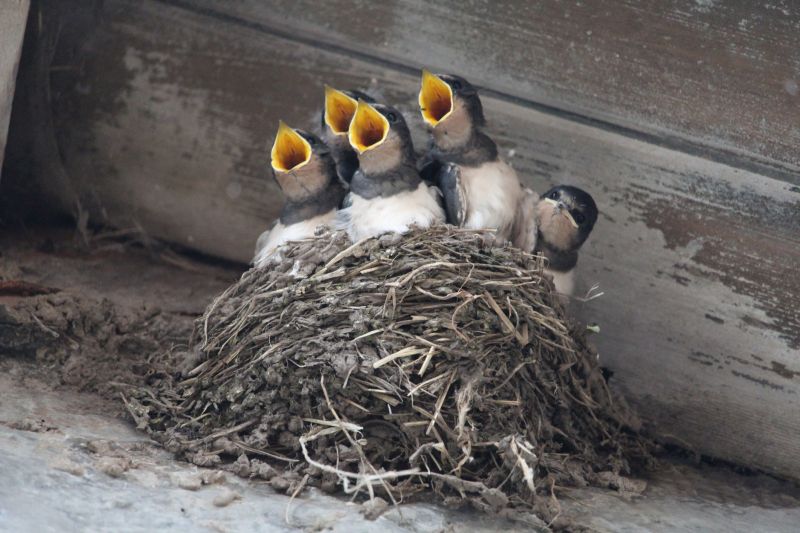
Birds constructing nests during peak seasons can be observed in spring and early summer.

Many species migrate during fall and spring, influencing the timing of removals.

Areas with minimal bird activity are preferable for conducting removals.

Ways to make Bird Removals work in tight or awkward layouts.
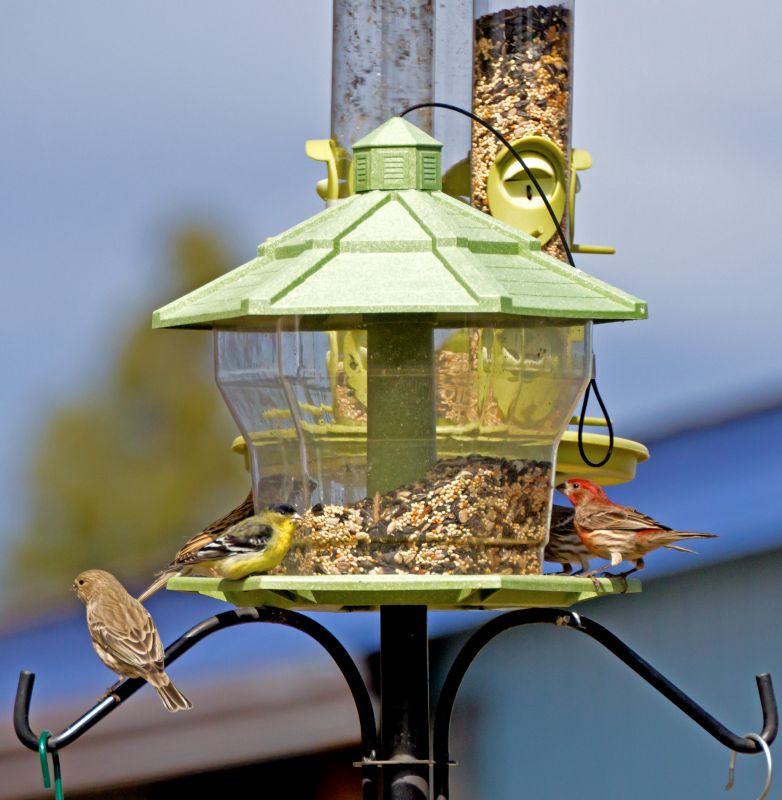
Popular materials for Bird Removals and why they hold up over time.
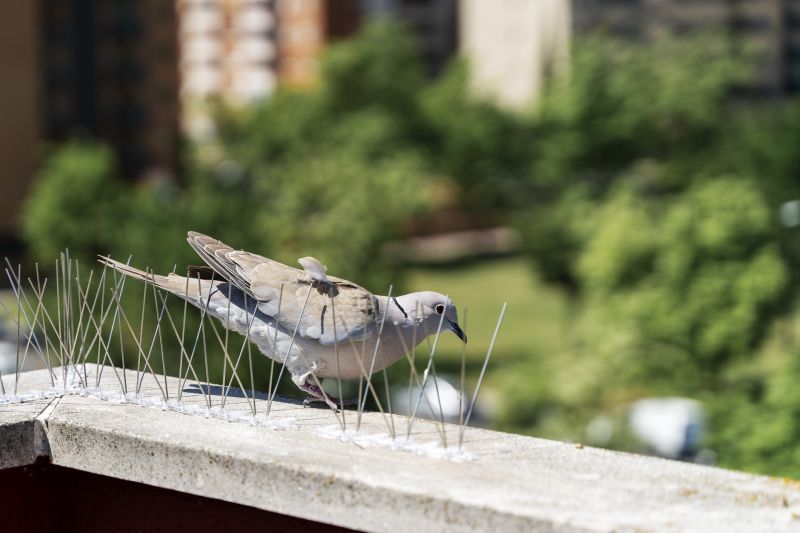
Simple add-ons that improve Bird Removals without blowing the budget.
Bird removals involve the careful removal of birds from structures or areas where they may cause damage or safety concerns. These services are typically performed by trained professionals who understand local bird behaviors and legal considerations. Effective timing ensures that the process is humane and compliant with wildlife regulations, reducing the risk of harm to the birds and the environment.
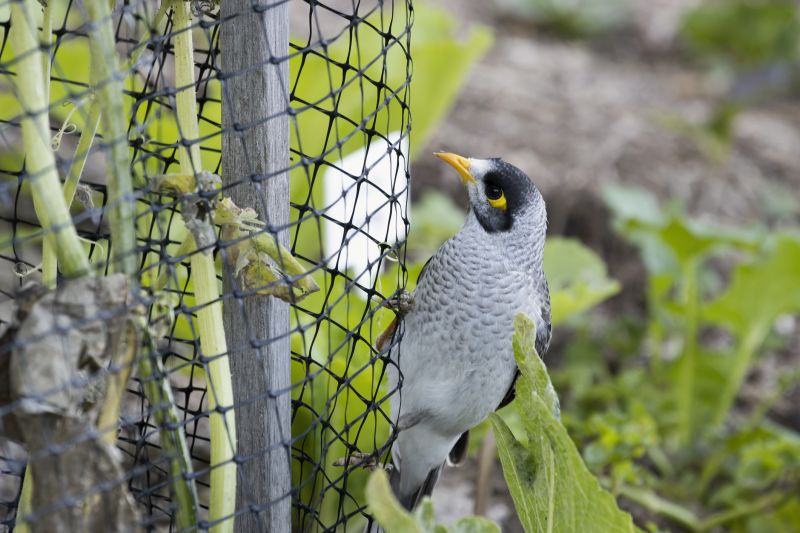
Installing deterrents during inactive periods can improve effectiveness.
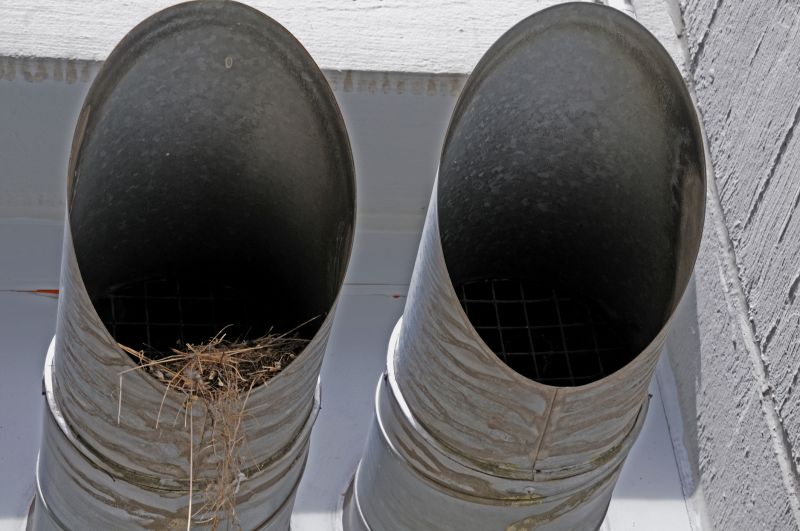
Removing nests outside of nesting season minimizes bird disturbance.
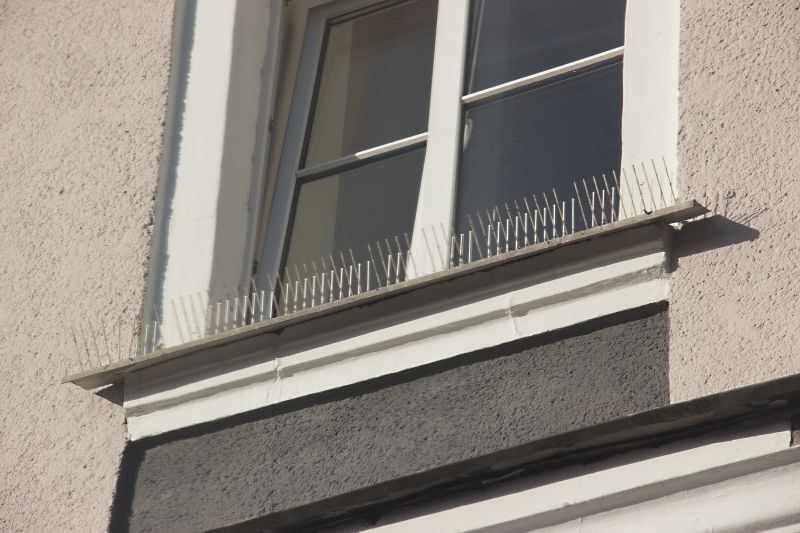
Exclusion devices are most effective when installed during fall or winter.

Monitoring after removal ensures birds do not return during active seasons.
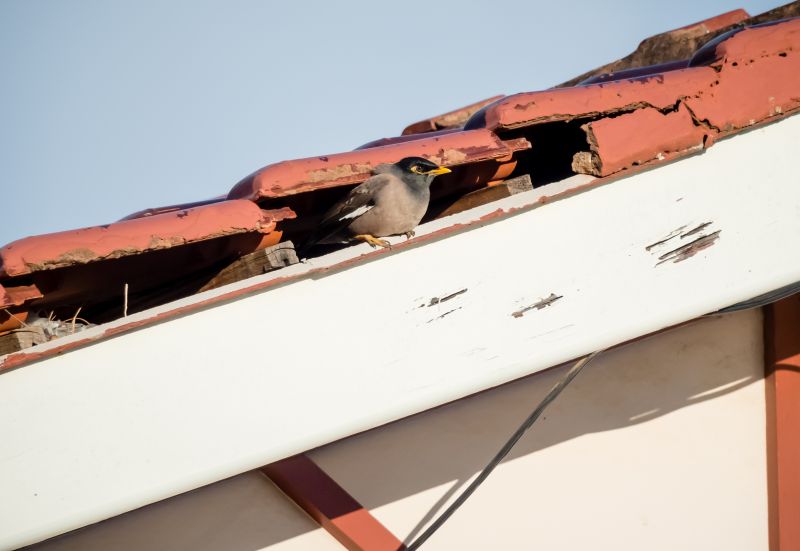
High-end options that actually feel worth it for Bird Removals.

Finishes and colors that play nicely with Bird Removals.

Little measurements that prevent headaches on Bird Removals day.
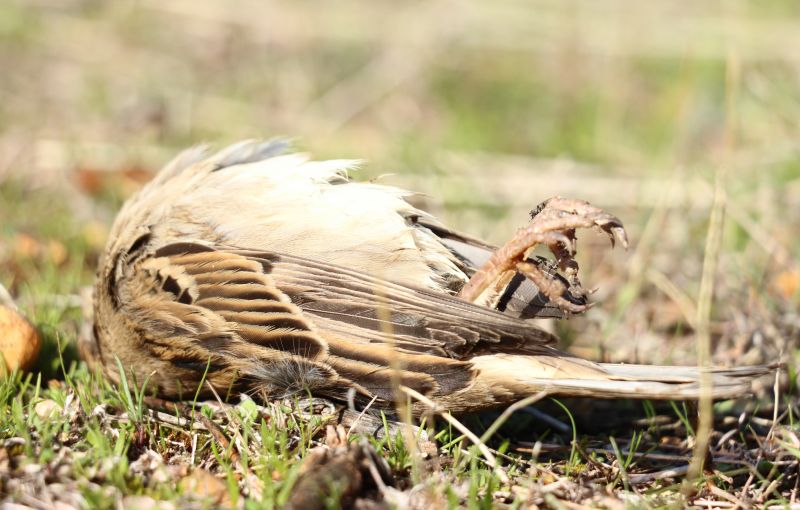
A 60-second routine that keeps Bird Removals looking new.
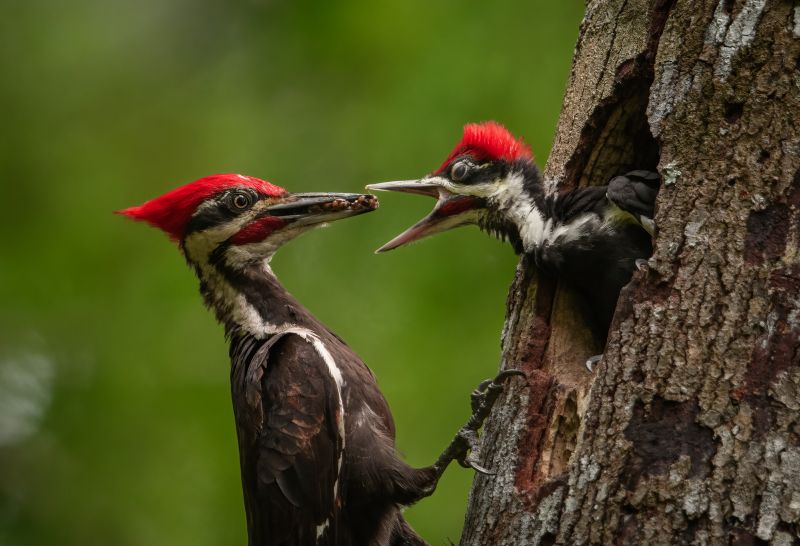
A frequent mistake in Bird Removals and how to dodge it.

Small tweaks to make Bird Removals safer and easier to use.
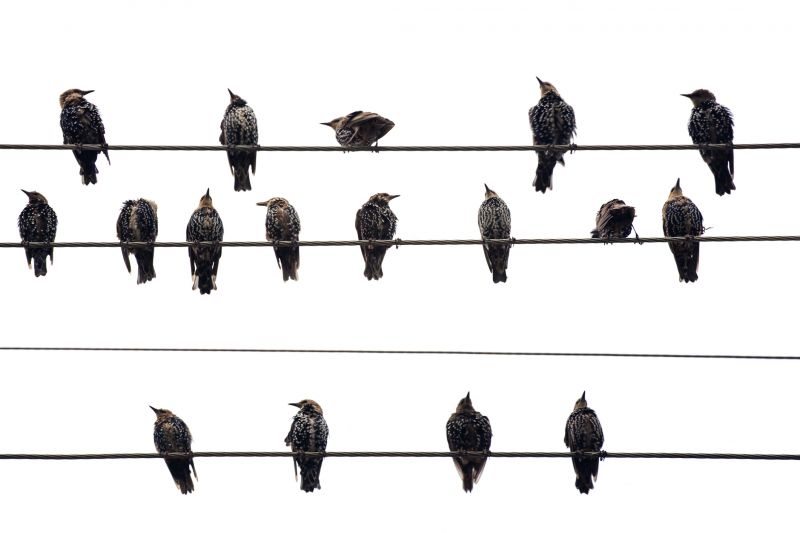
Lower-waste or water-saving choices for Bird Removals.
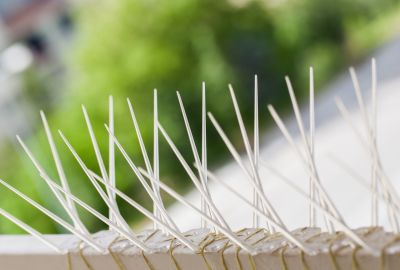
The short, realistic tool list for quality Bird Removals.
| Season | Best Practices |
|---|---|
| Spring | Avoid nesting season; focus on prevention and deterrents. |
| Summer | Monitor for active nests; conduct removals if necessary. |
| Fall | Address migration concerns; install exclusion devices. |
| Winter | Perform major removals and installations when bird activity is low. |
| Off-Season | Ideal for structural repairs and deterrent setup. |
Understanding the seasonal patterns of bird activity helps in planning effective removal strategies. Timing the services appropriately reduces the likelihood of re-infestation and ensures compliance with wildlife protection laws. Consulting with professionals can provide tailored advice based on regional bird behaviors and local regulations.
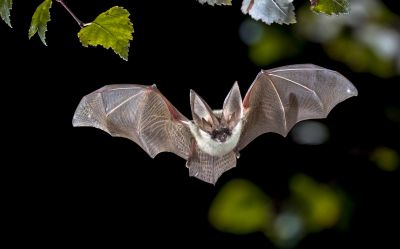
Migration periods are visible in spring and fall.
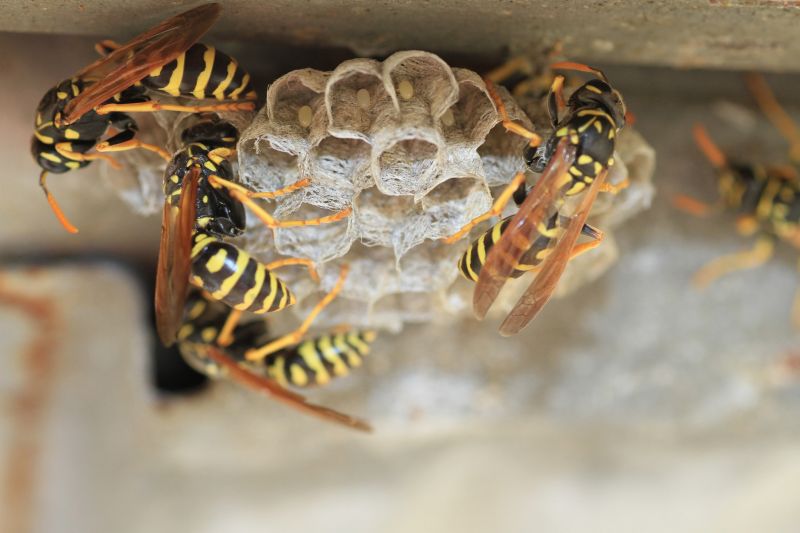
Active nests are common during early summer.

Effective installation during off-peak times.
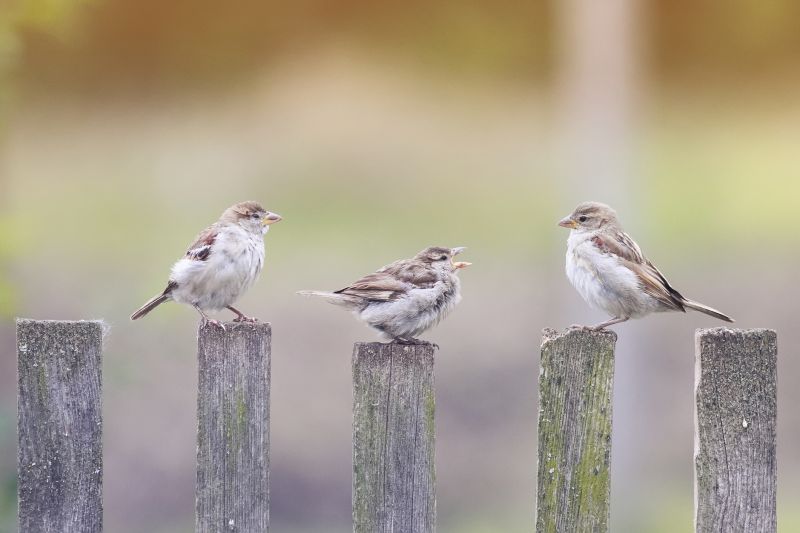
Prevents damage caused by nesting and droppings.
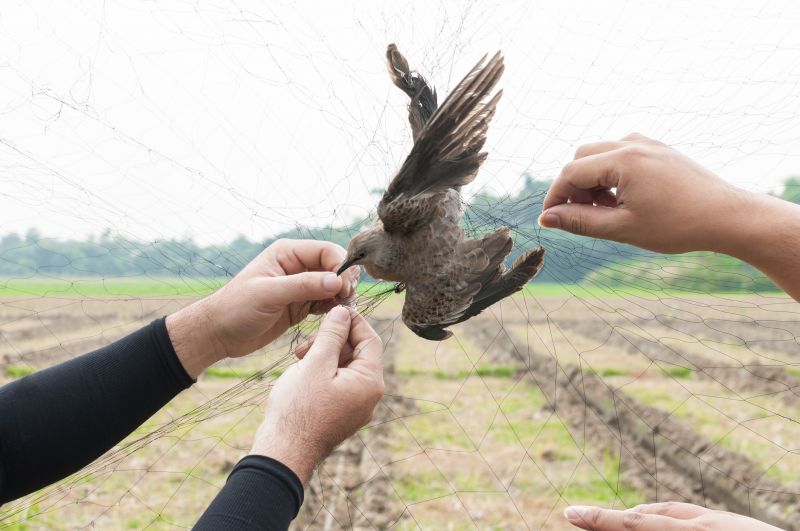
Rough timing from prep to clean-up for Bird Removals.

Quick checks and paperwork to keep after Bird Removals.
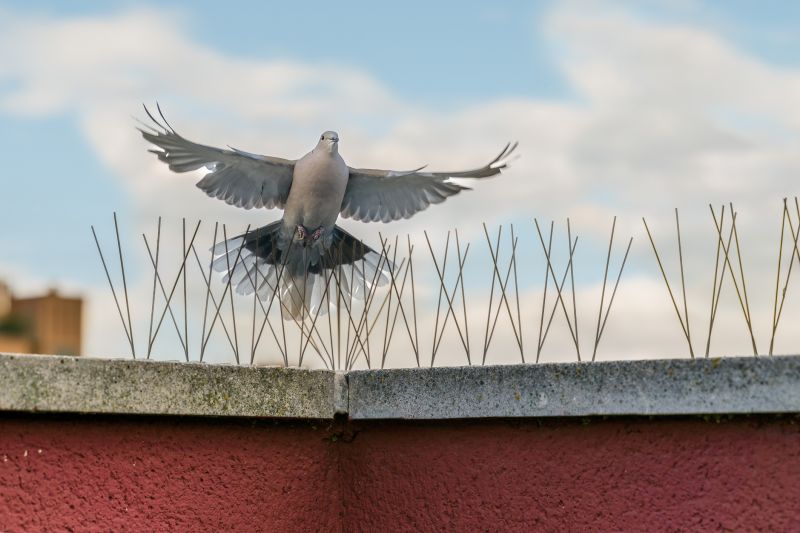
Examples that show the impact a good Bird Removals can make.
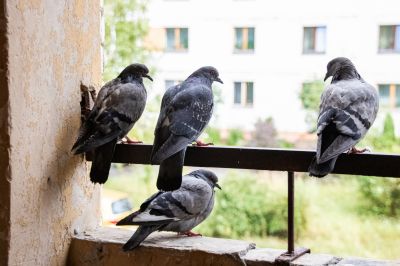
Ways to make Bird Removals work in tight or awkward layouts.
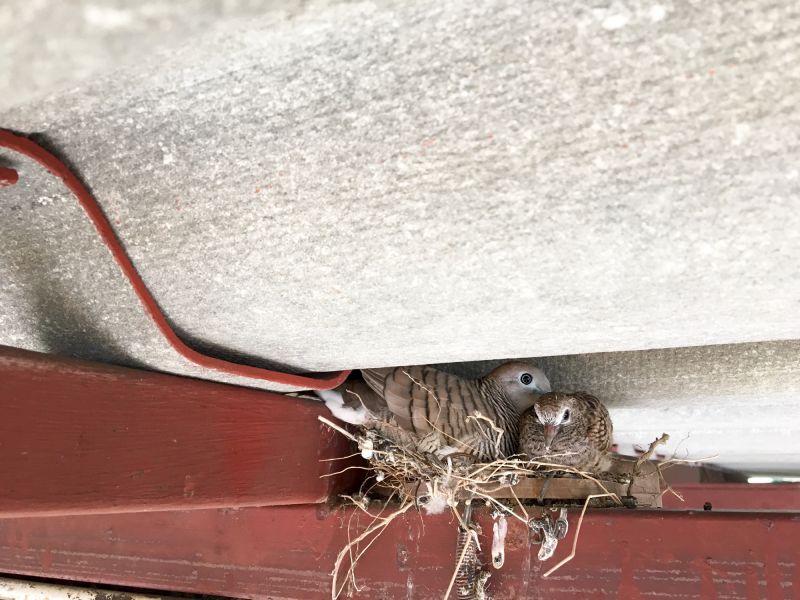
Ways to make Bird Removals work in tight or awkward layouts.

Ways to make Bird Removals work in tight or awkward layouts.

Ways to make Bird Removals work in tight or awkward layouts.
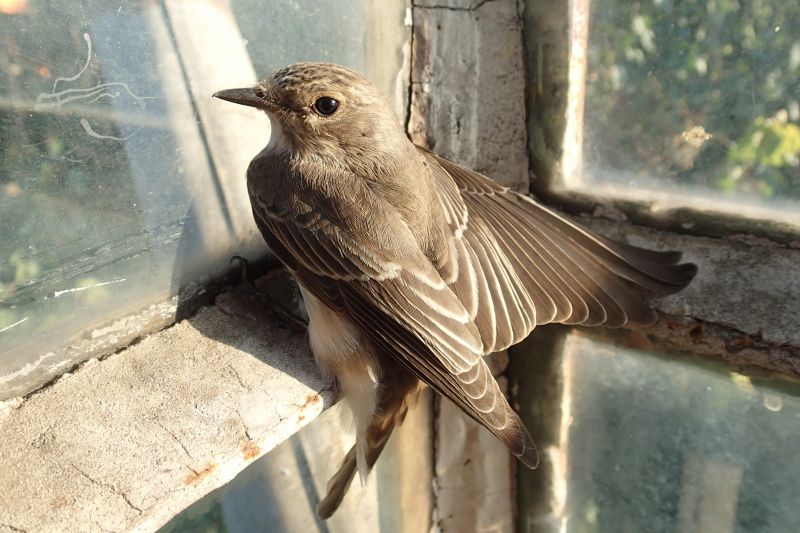
Ways to make Bird Removals work in tight or awkward layouts.
If interested in bird removal services, filling out the contact form is recommended. Proper timing and professional assistance can ensure the process is humane, effective, and compliant with applicable regulations.



